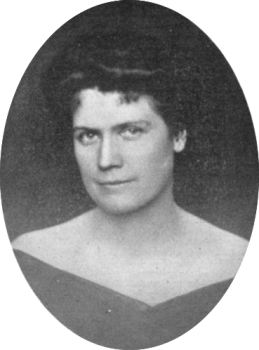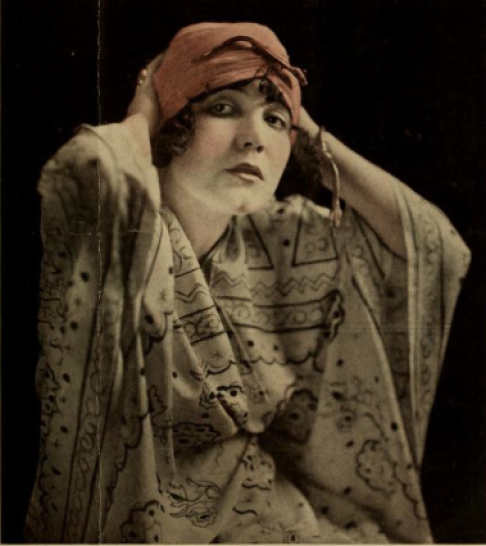One hundred years ago this week, Grace Kingsley reported “there is a new wizard in the motion picture field. His name is Louis H. Tolhurst.” Tolhurst had invented a mechanism that allowed him to film microscopic particles, and Kingsley commented:
Just as if we hadn’t enough actors already, Mr. Tolhurst has succeeded in making screen actors of microbes…With his apparatus this scientist pursues a bacilli, runs him to earth and makes him ‘act’ for the screen with ease and sangfroid. It matters not whether the subject be the blood coursing through arteries, a microbe dashing madly about in a pin-point of water, or a dust germ actually floating through the air—Mr. Tolhurst’s apparatus grabs them all and reveals them to the screen in such a size that the smallest animalcule resembles a mastodon, as it glares at its motion picture audience.

Writer William Wing at Triangle Studio quickly figured out how to use Tolhurst’s invention in a fiction film, The Microscope Mystery, in which a doctor examines a murder weapon under his instrument and determines who the killer was. Nevertheless, Thomas C. Kennedy in Motography felt that the footage of bacilli had “little to do with the story, except they make it last longer.”

Tolhurst put his invention to more successful use a few years later with a series of one-reelers, Secrets of Life. He filmed insects like flies and bees, then Walter Anthony contributed dramatic and funny intertitles; American Cinematographer called the films a “cinematographic triumph.” (Anthony had an impressive list of title writing credits including Foolish Wives, The Sea Hawk and The Cat and Canary.)
Tolhurst, a graduate of Stanford Law School, blamed his interest in microscopy for his failure in half a dozen jobs (he also owned an auto repair shop for several years). He got his start when he was fifteen and his father, a dentist, gave him a microscope for Christmas. After Secrets of Life he continued to invent and patent camera apparatuses, including one to make composite images. He didn’t have commercial success with them, so he quit and he got interested in racing his yacht, the Malabar VII. His 1960 L.A. Times obituary didn’t even mention his film work .

Kingsley’s least favorite film this week was an “old-time thriller” The Straight Way. However, it was her best review. She wrote:
Valeska Surratt cares not how many troubles she has, so long as she can have the right clothes for the occasion…Miss Surratt, in an exquisite flowered satin, is suspected by her husband; she defies the villain in tasty taffeta; she weeps becomingly over her infant in the most exquisite lingerie; she is train-wreaked in a tailor suit, and her husband takes her back in a splendid crepe de chine evening gown…but there are several inaccuracies which get the laughs. For instance, while Miss Surratt is weeping over her babe, the infant nearly rolls off her lap; a house is struck by lightening but nobody in it feels even a shock except one woman, who is instantly killed.
The movie sounds like an absolute hoot. Unfortunately, just like all eleven of Surratt’s films, it is lost. She was primarily a Broadway and vaudeville actress, famous for her outfits.

Kingsley mentioned that actor Thomas Meighan admitted, “in spite of his numerous friends in Los Angeles, he’s just plain lonesome for his wife’s company.” Frances Ring was visiting her sister. Ring and Meighan were happy together; according to his New York Times obituary “The marriage safely weathered all the vicissitudes of fame and fortune, a fact which prompted one Hollywood writer to remark a few years ago that ‘Thomas Meighan and Rin Tin Tin were the only Hollywood stars who had never seen a divorce court.’”
Finally, in this week’s “the past is a foreign country:” Douglas Fairbanks returned to Los Angeles, and “he was met by a crowd of cowboys, who, as a special mark of their affection, treated their hero to a travesty lynching.” Affectionate lynching? They did do things differently there.































